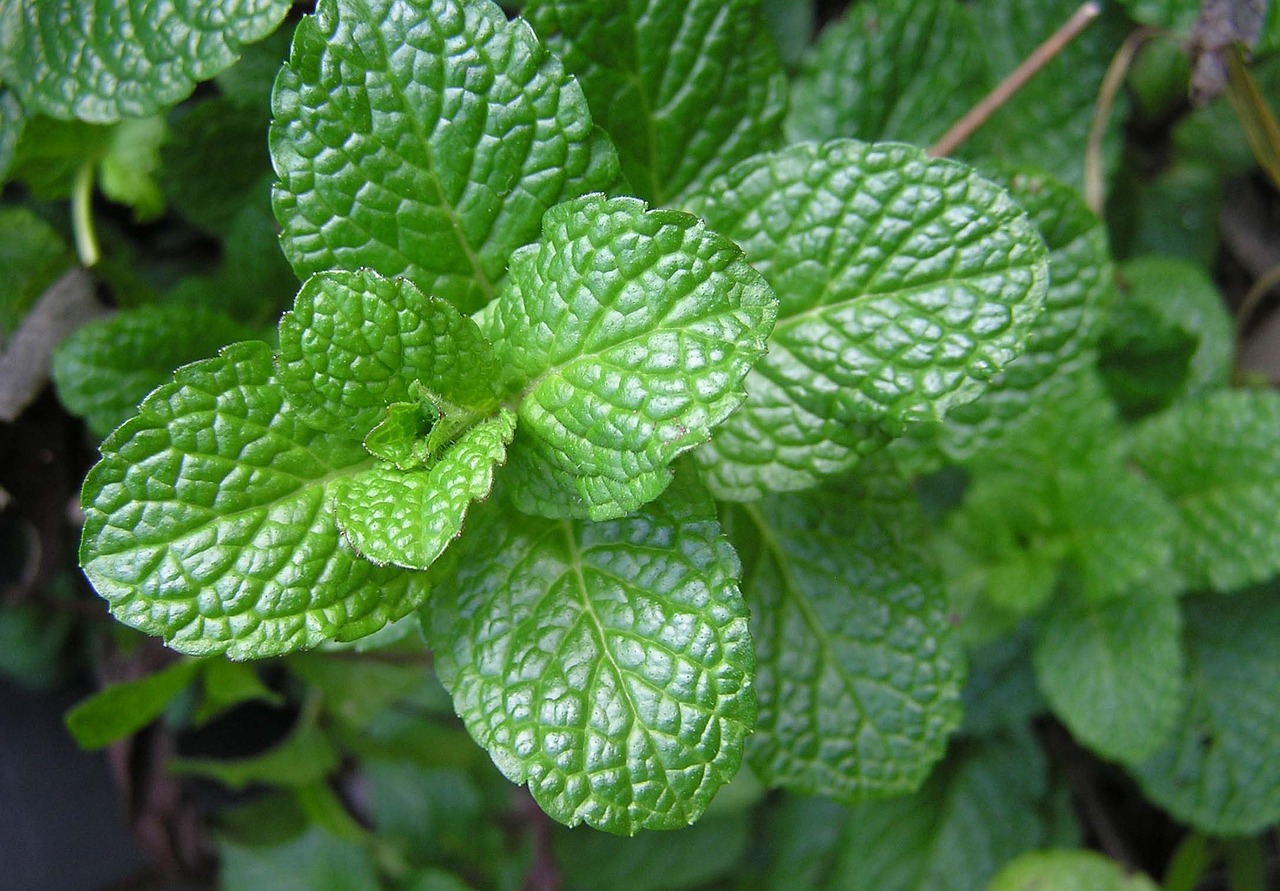
Mint
Mentha spp.
Basic Information
🌿 Family: Lamiaceae🗺️ Zone: 3-11
Other Names:
- Spearmint (Mentha spicata)
- Peppermint (Mentha × piperita)
- Chocolate Mint (Mentha × piperita 'Chocolate')
- Apple Mint (Mentha suaveolens)
🌡️ Ideal Temperature : 55°F – 75°F
🔥 Heat Tolerance: Up to 100°F
❄️ Cold Tolerance: Down to -20°F
🌱 Type: Perennial
Layers
- Herbaceous
Functions
- Edible
- Medicinal
- Pollinator
- Wildlife Attractor
- Mulcher
- Dynamic Accumulator
- Erosion Control
- Border Plant
Pests
No pests associated with this plant.
Description
Mint (Mentha spp.) is a fast-growing, aromatic herb known for its spreading growth habit and strong scent. It is a vigorous plant that can quickly take over garden beds if not contained. Mint thrives in various conditions, making it an excellent choice for permaculture gardens.
The leaves are commonly used in culinary dishes, herbal teas, and medicinal preparations. Mint also attracts pollinators while repelling harmful pests, making it an ideal companion plant.
🌞💧 Sun and Water Requirements:
- Prefers full sun to partial shade.
- Requires consistently moist, well-drained soil.
- Tolerates various soil types but thrives in rich, loamy soil.
✂️🫘 Methods to Propagate:
- Cuttings: Easily propagated from stem cuttings placed in water or soil.
- Division: Established plants can be divided to create new plants.
- Runners: Spreads aggressively through underground rhizomes.
🧑🌾👩🌾 When to Harvest:
- Leaves can be harvested as needed once the plant reaches 10-15 cm (4-6 inches) in height.
- Regular harvesting promotes bushier growth and prevents flowering.
- Best harvested in the morning for the highest essential oil concentration.
Purpose
Mint serves multiple functions in a permaculture system:
- Edible: Leaves are widely used in cooking, teas, and flavoring.
- Medicinal: Known for its digestive and soothing properties; used in herbal remedies.
- Pollinator: Attracts bees, butterflies, and beneficial insects.
- Wildlife Attractor: Provides nectar for pollinators.
- Mulcher: Can be chopped and used as a nutrient-rich mulch.
- Dynamic Accumulator: Absorbs and stores nutrients, which can be returned to the soil.
- Erosion Control: The dense root system helps stabilize soil and prevent erosion.
- Border Plant: Often used as a living barrier in gardens.